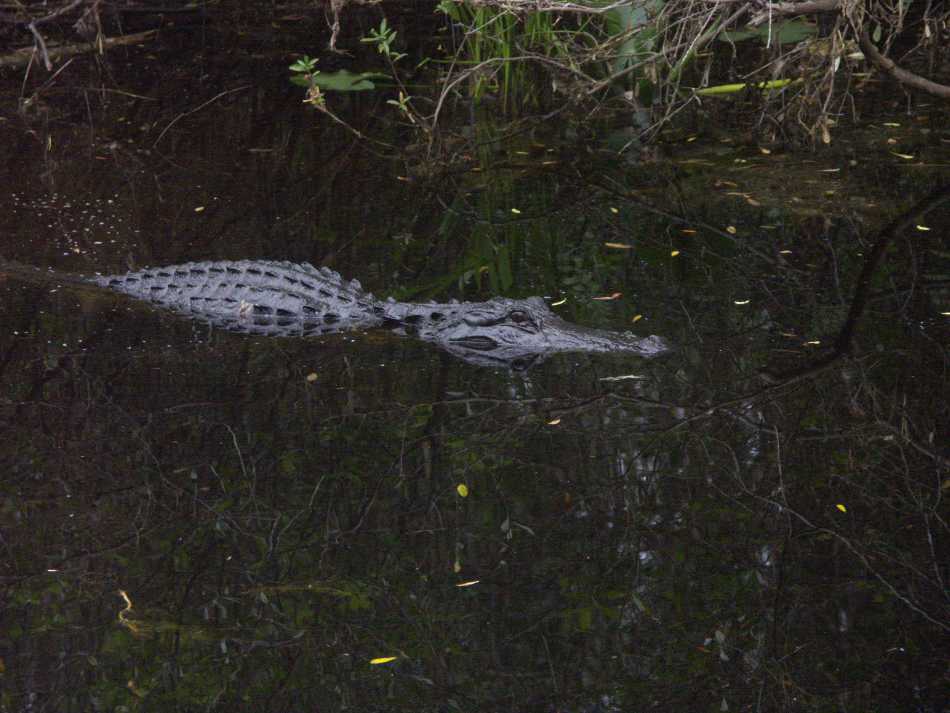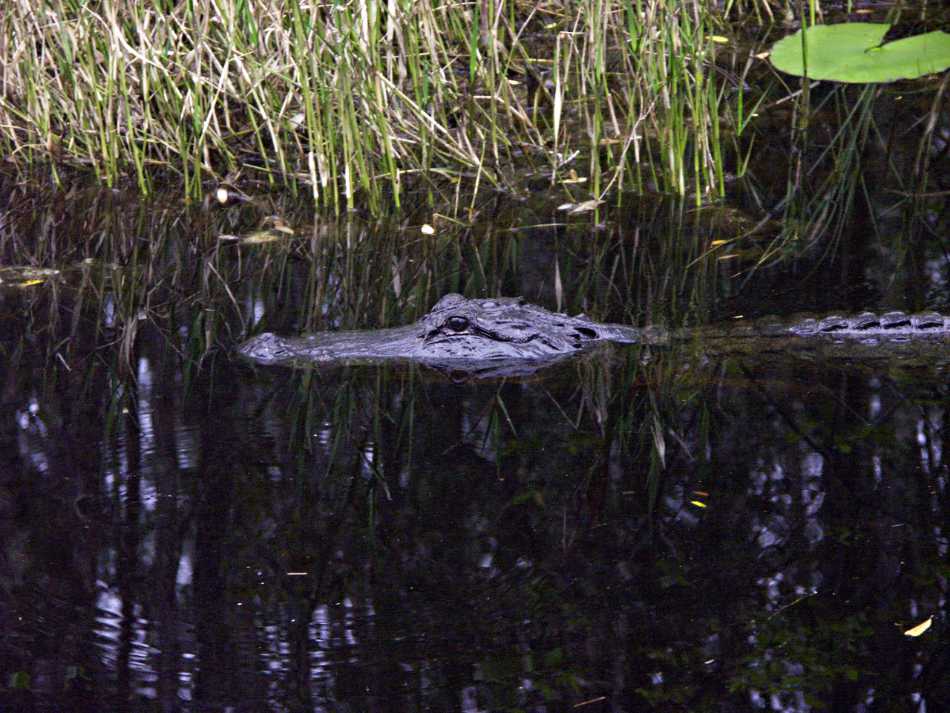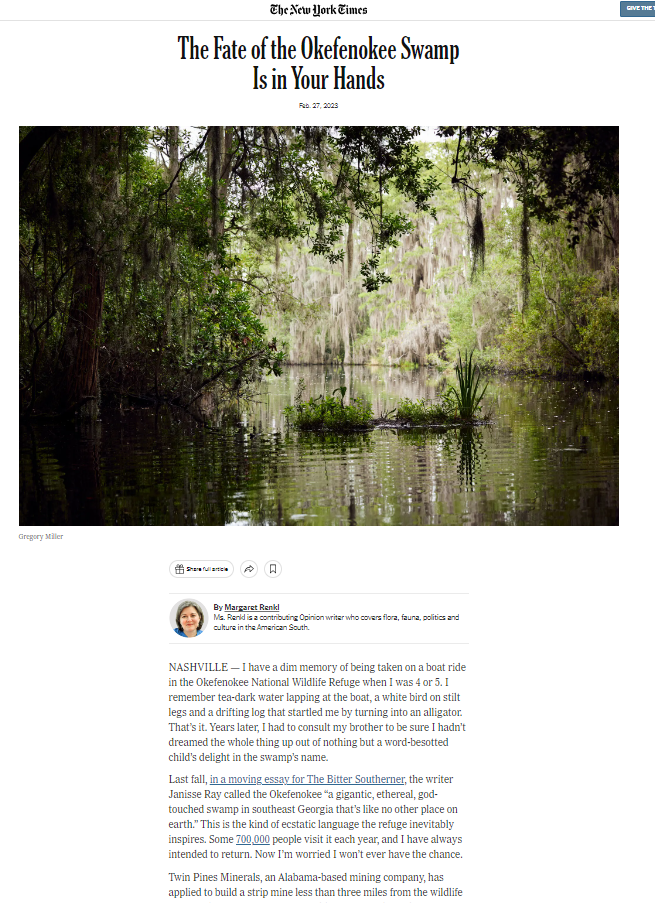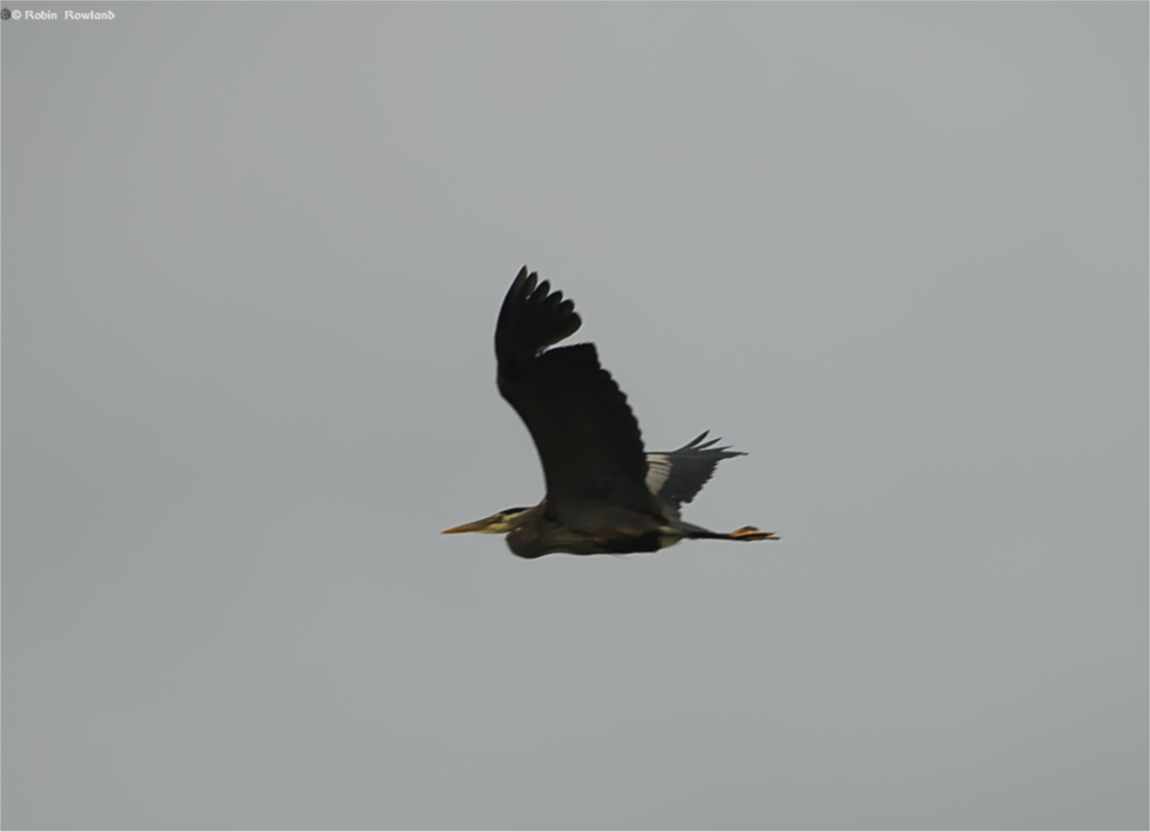The fight to save Okefenokee National Wildlife Refuge

I was shocked to read in the New York Times this week in Margret Renkl’s column that the Okefenokee National Wildlife Refuge in Georgia, is in danger of being destroyed by, of all things, a strip mine.
She reports that there is wide spread opposition to the mine from across the political spectrum in generally conservative Georgia which is beginning to change to “purple.”
Despite that opposition, the state’s regulators appear to be about to approve the mine.
Exactly 18 years ago, at the end of March 2006, I had the unexpected opportunity to go on a canoe trip in Okefenokee. I had always wanted to go there after I saw a documentary on Okefenokee as a kid, probably in elementary school.So that March, I flew to Atlanta, met the trip leader and then with the others on the trip, spent three days in the smooth, clear, glass waters of the swamp.
So I decided to go through my archives and create a photo gallery of my trip to Okefenokee. Renkl has reported that people in Georgia, including some politicians, are working to stop the insane project. These photos show just how beautiful Okefenokee, from the water and trees, to, of course, alligators.
(I am including screen grabs of the stories from the Times since the Facebook version of my post will not allow links to news pages.)
A Dire Threat to a National Wildlife Treasure
Renkl wrote
At 407,000 acres, the Okefenokee is the largest ecologically intact blackwater swamp in North America and the largest National Wildlife Refuge east of the Mississippi River. It hosts or shelters a huge range of plant and animal life, including endangered and threatened species. It is a crucial way station for migratory birds. Designated a wetland of international importance under the RAMSAR Convention of 1971, it sequesters an immense amount of carbon in the form of peat.
The proposed mine poses a profound risk to the swamp. Trail Ridge, the site where Twin Pines Minerals will begin operations, is a geological formation that functions as a low earthen dam holding the waters of the Okefenokee in place. The mine would remove the topsoil, dig out the sand pits, separate the titanium from the sand and then return sand and soil to some approximation of their original place. To manage all this, Twin Pines would need to pump 1.4 million gallons of groundwater a day from the aquifer that serves the Okefenokee.
She also wrote a story in 2023 when the threat first appeared.
An earlier story from February 2023.
The Fate of the Okefenokee Swamp Is in Your Hands
My photos of Okefenokee

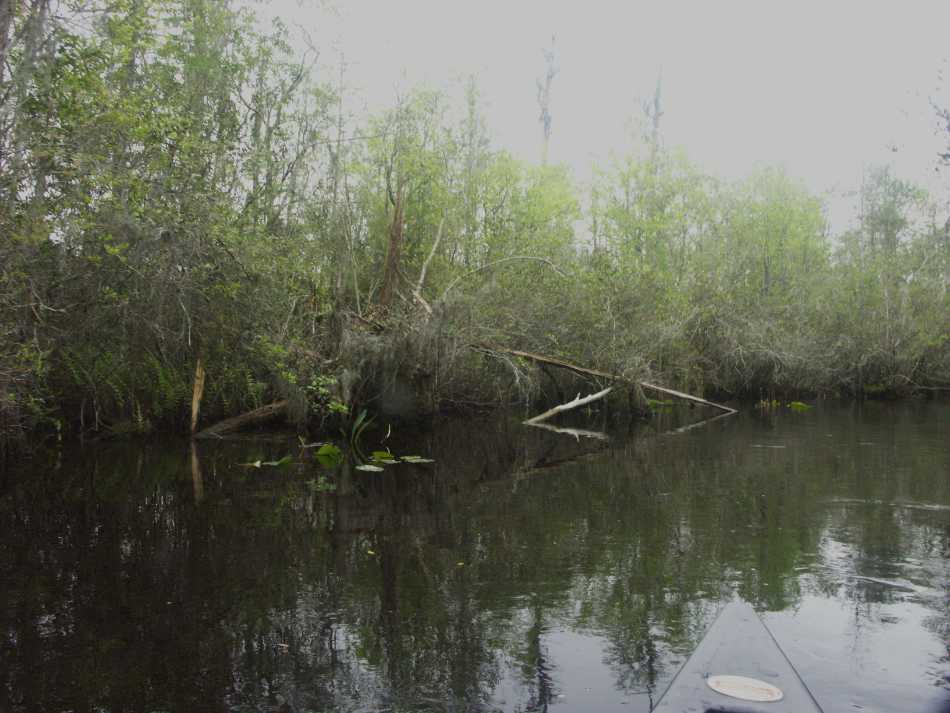
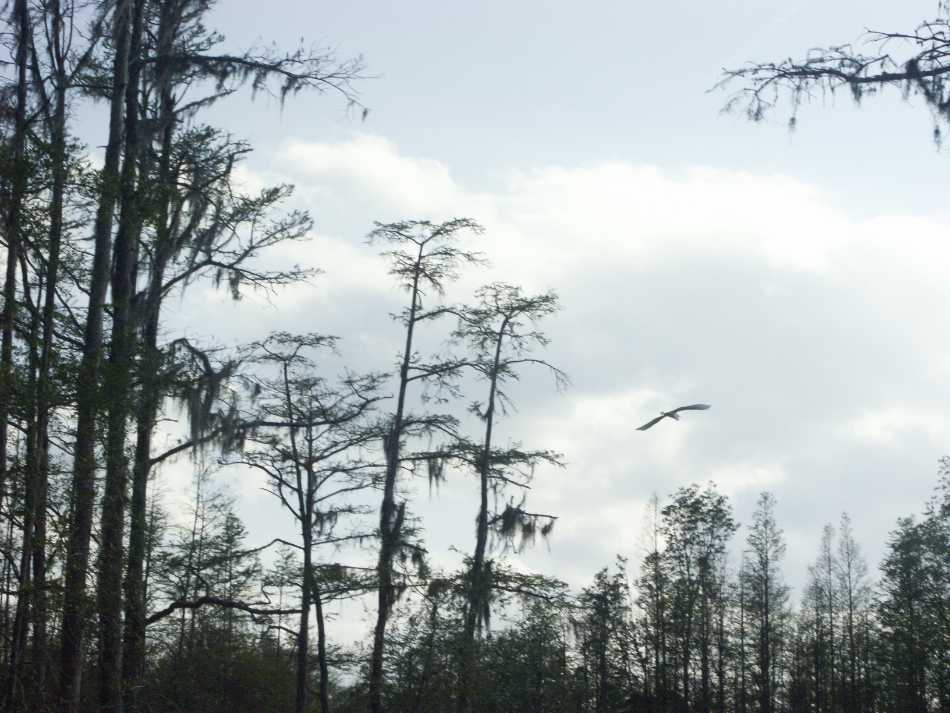
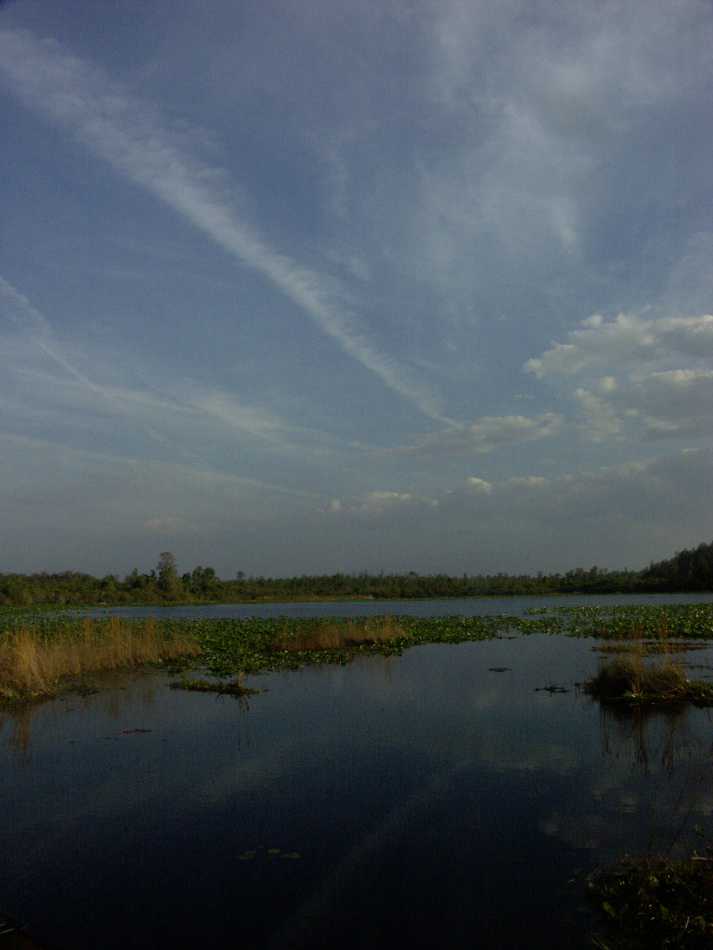
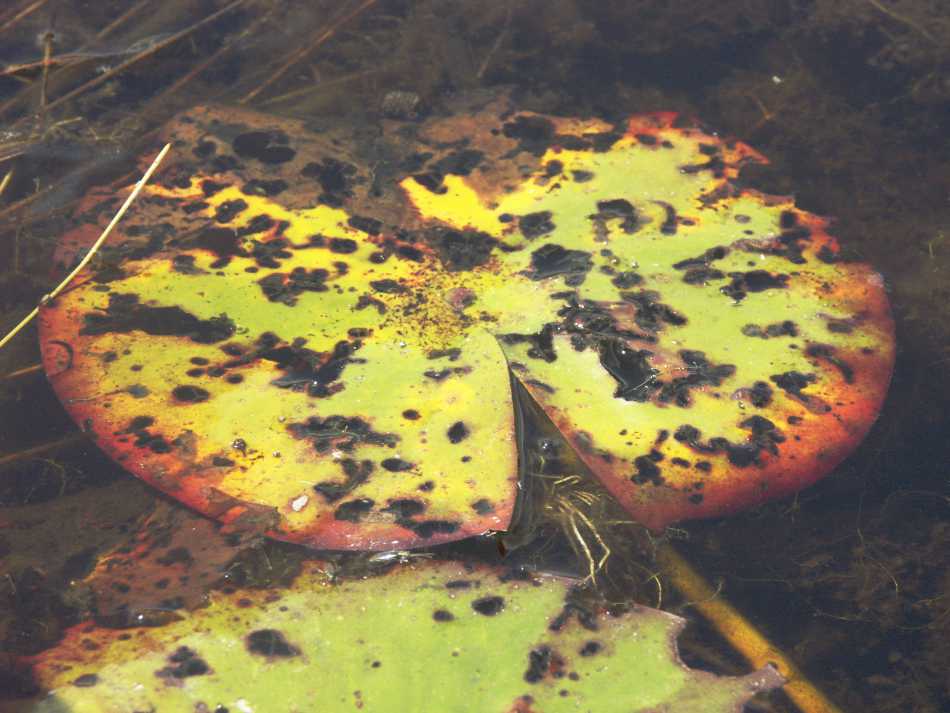
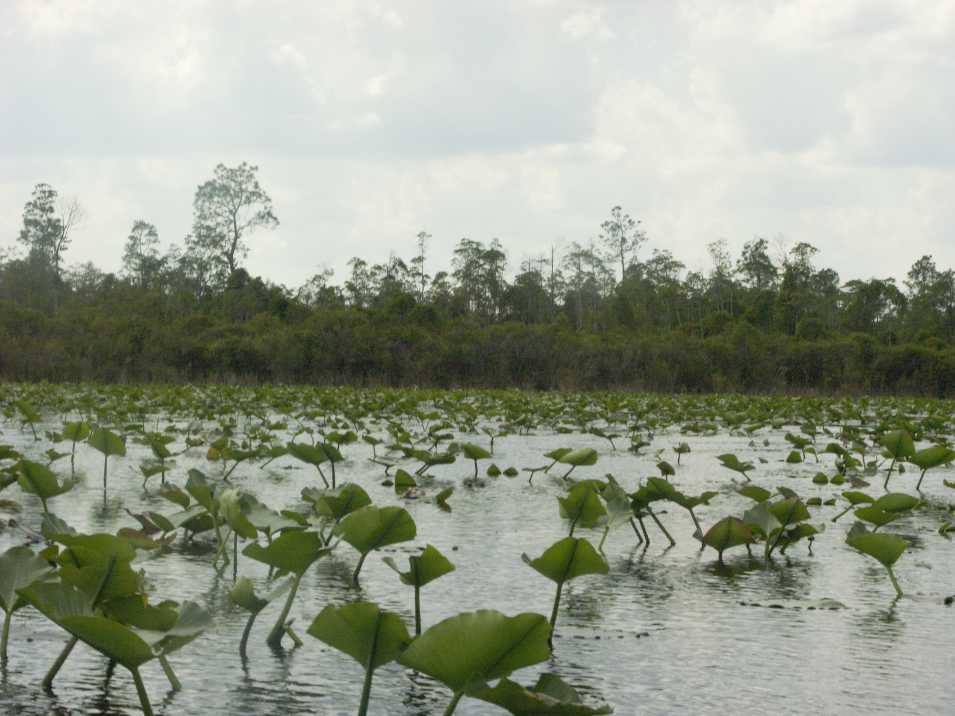
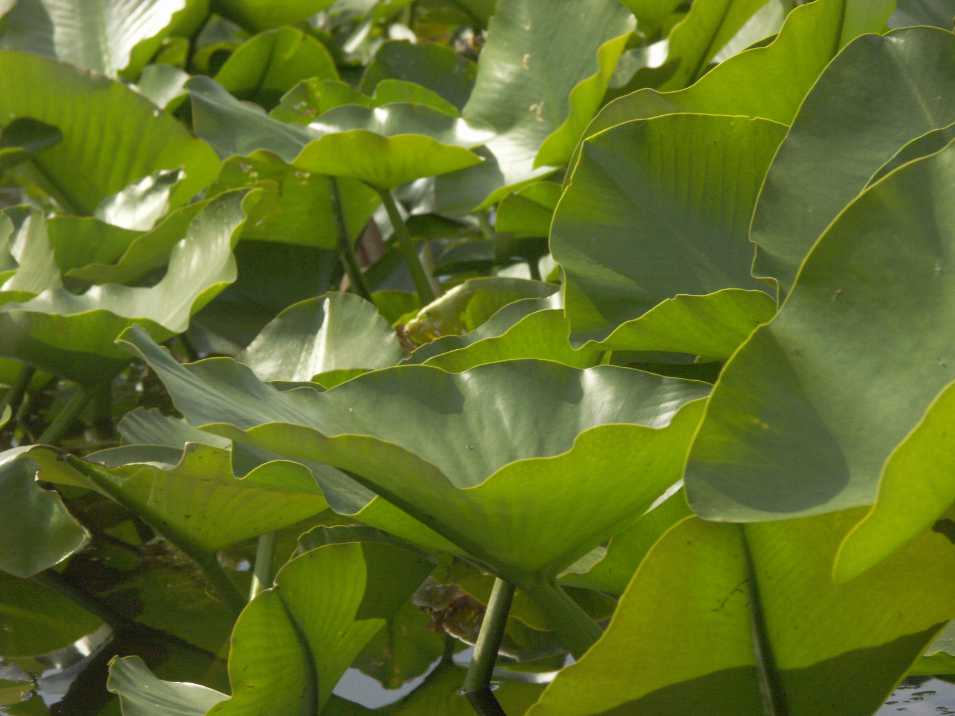
There’s no place to “camp” along the route. The US Fish and Wildlife service has built wooden platforms where you tie up your canoes and pitch your tent.



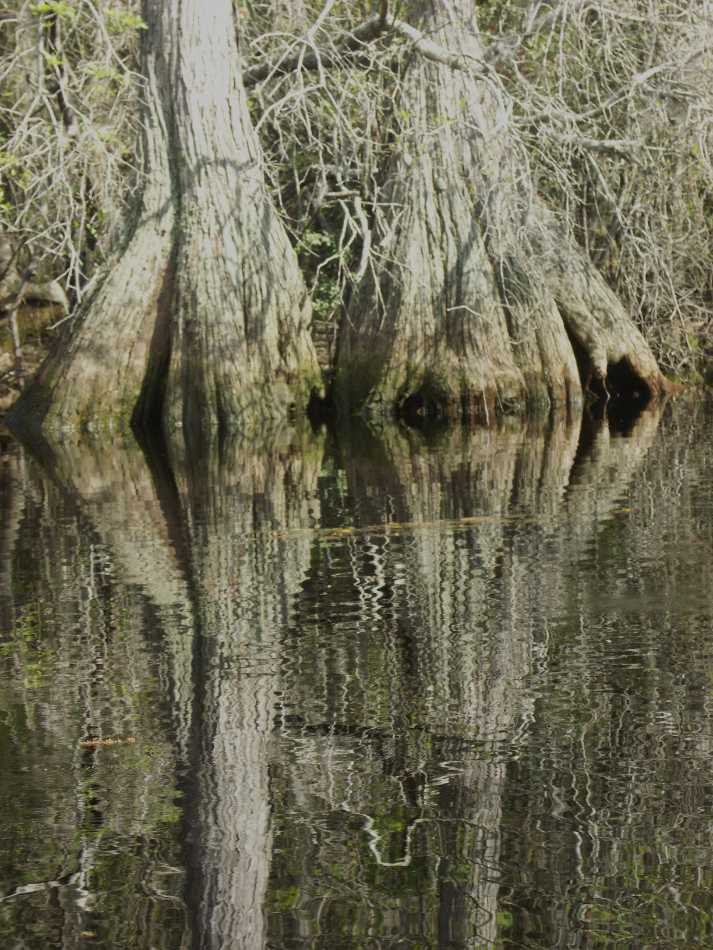

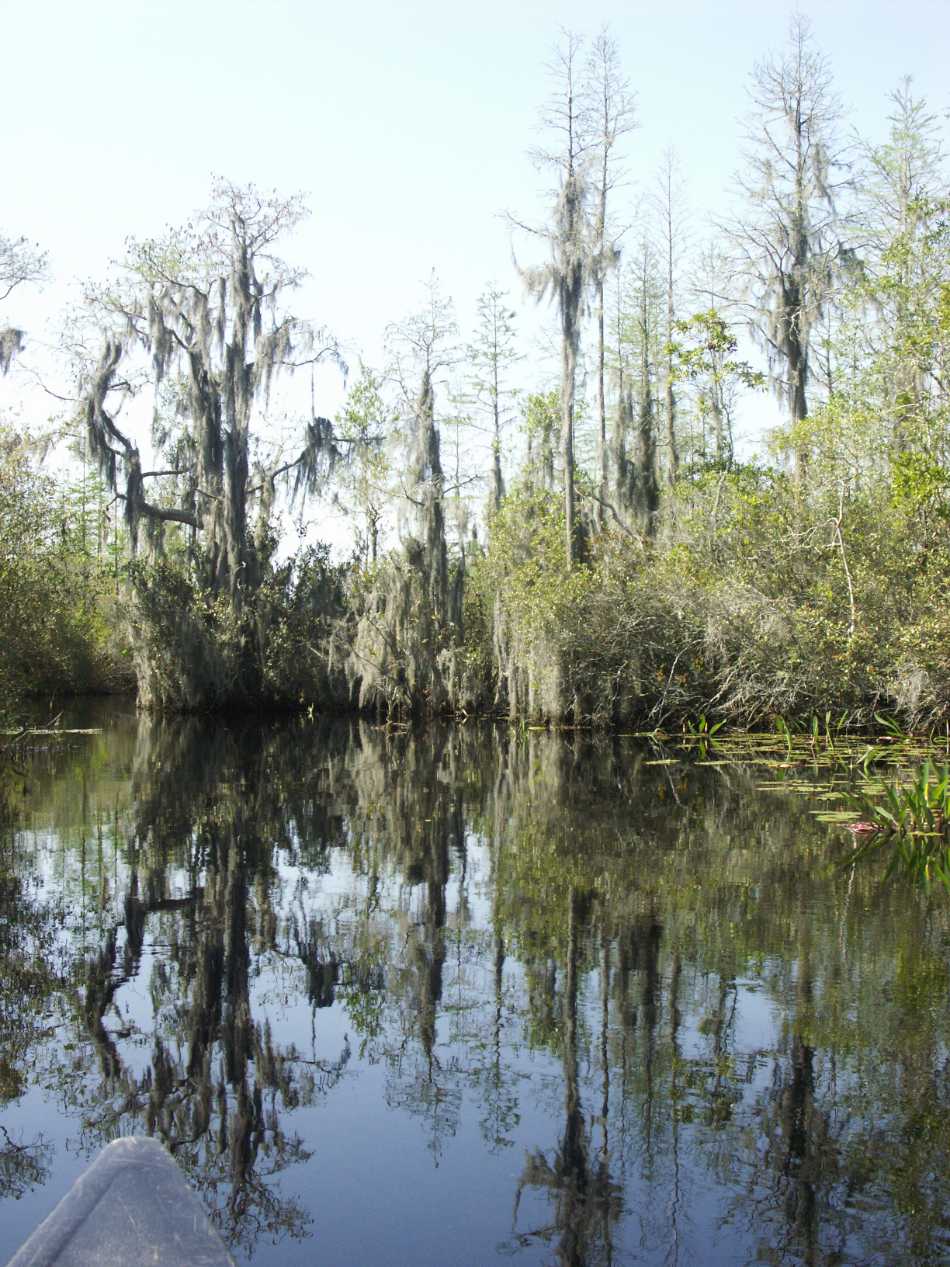
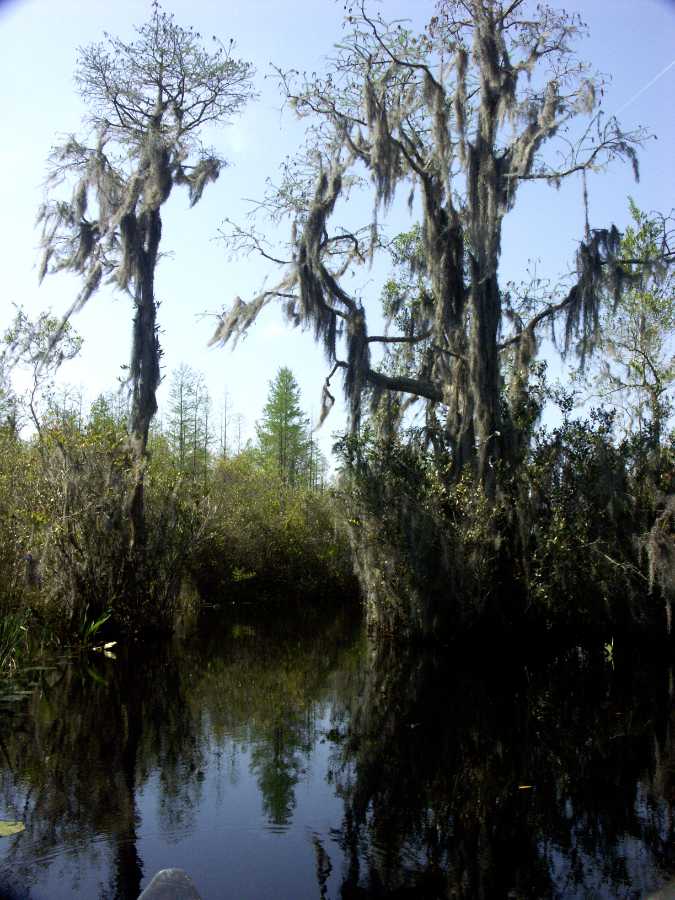
It was on April 2, that as the trip was ending, we encountered some alligators.

